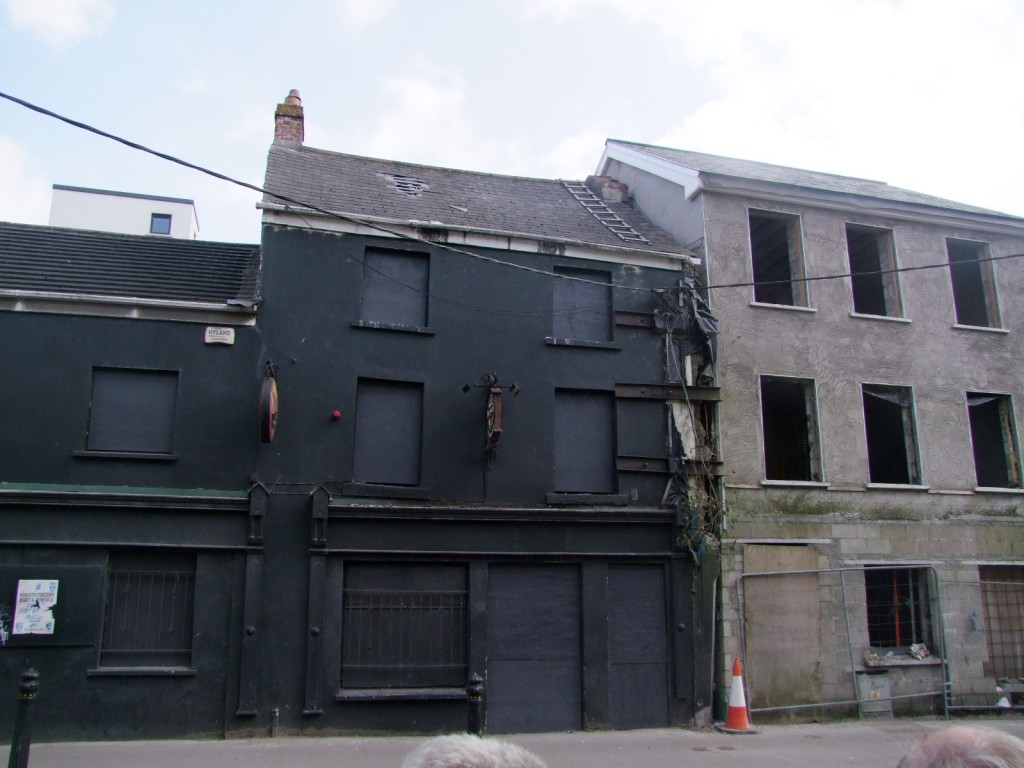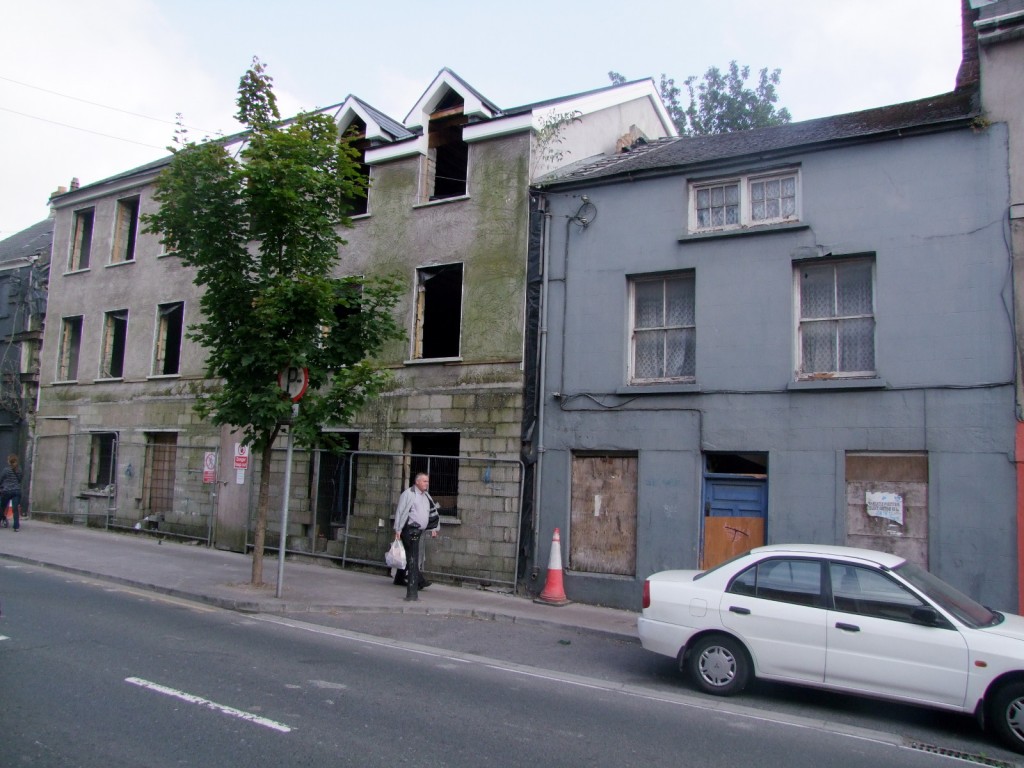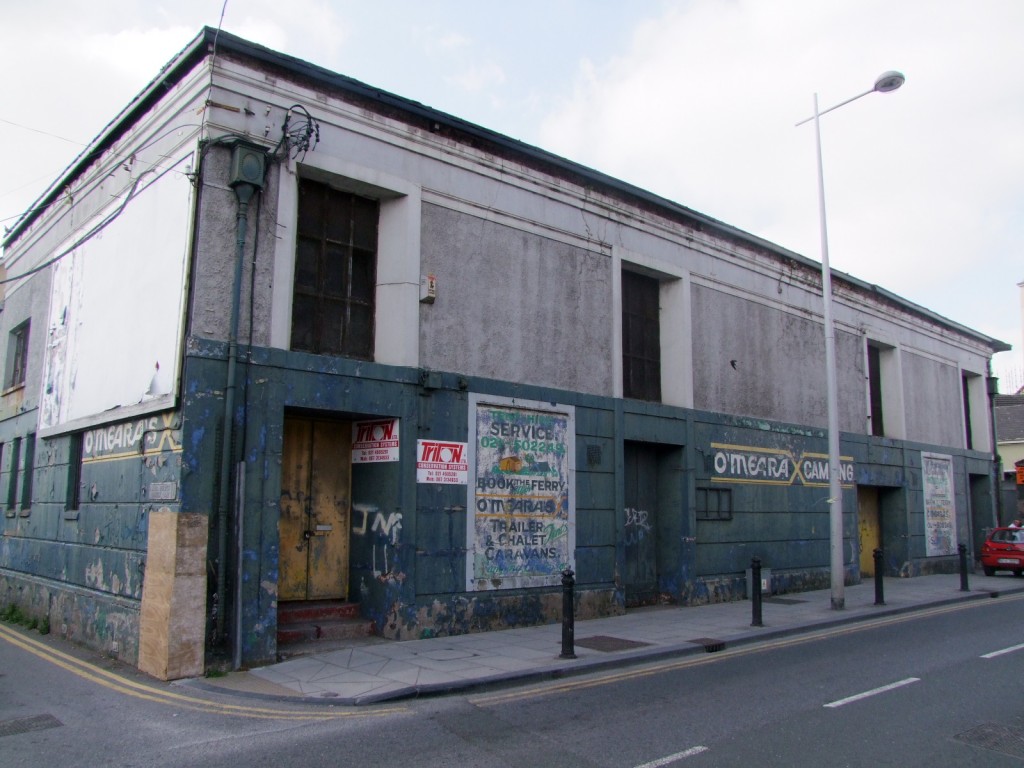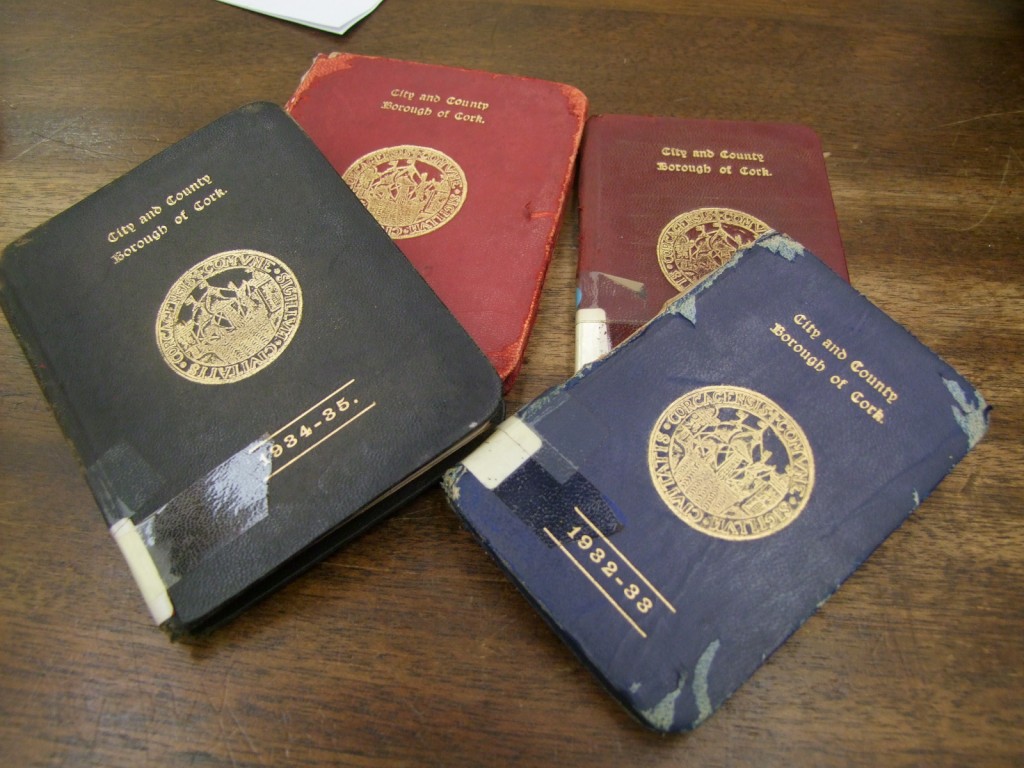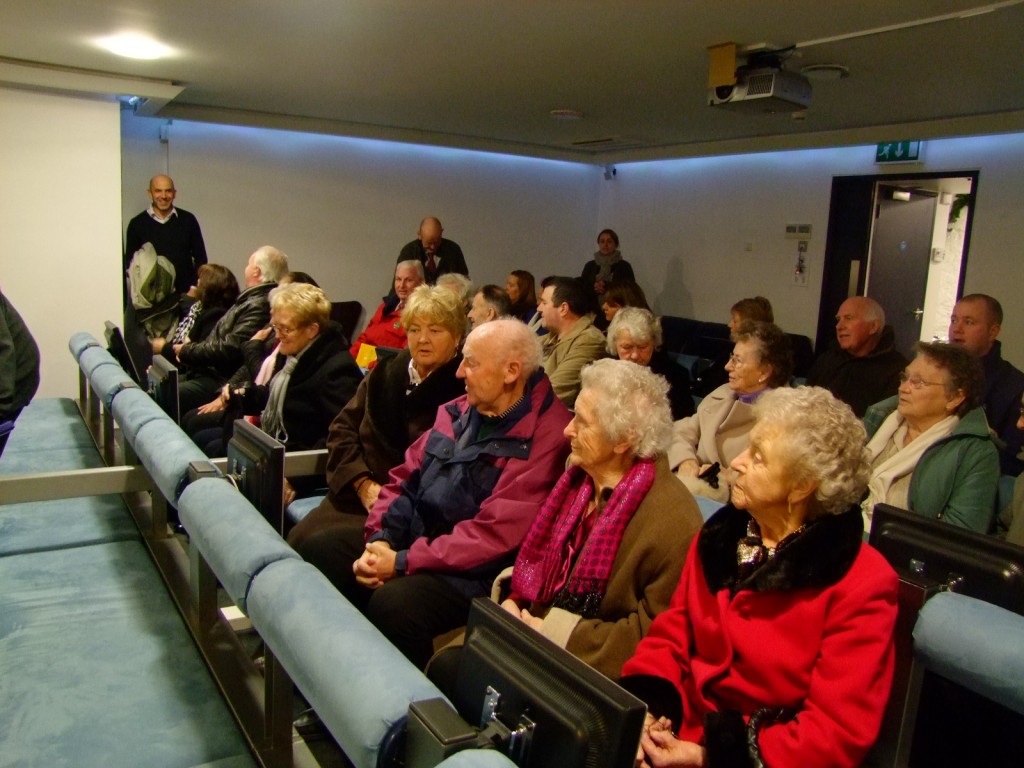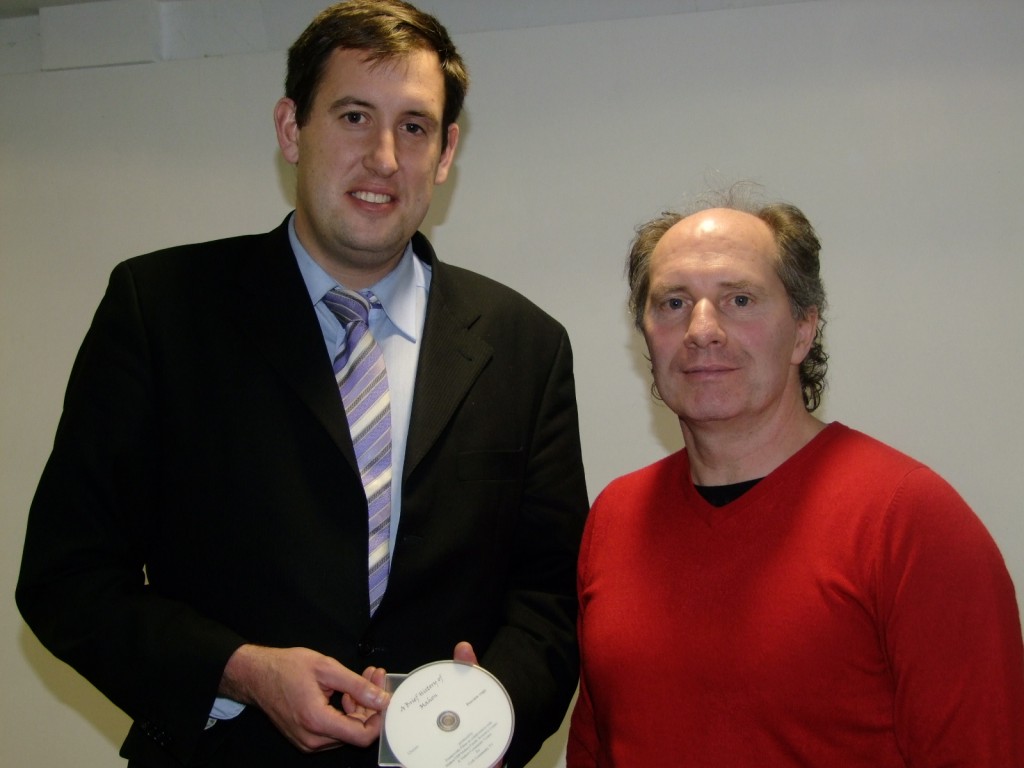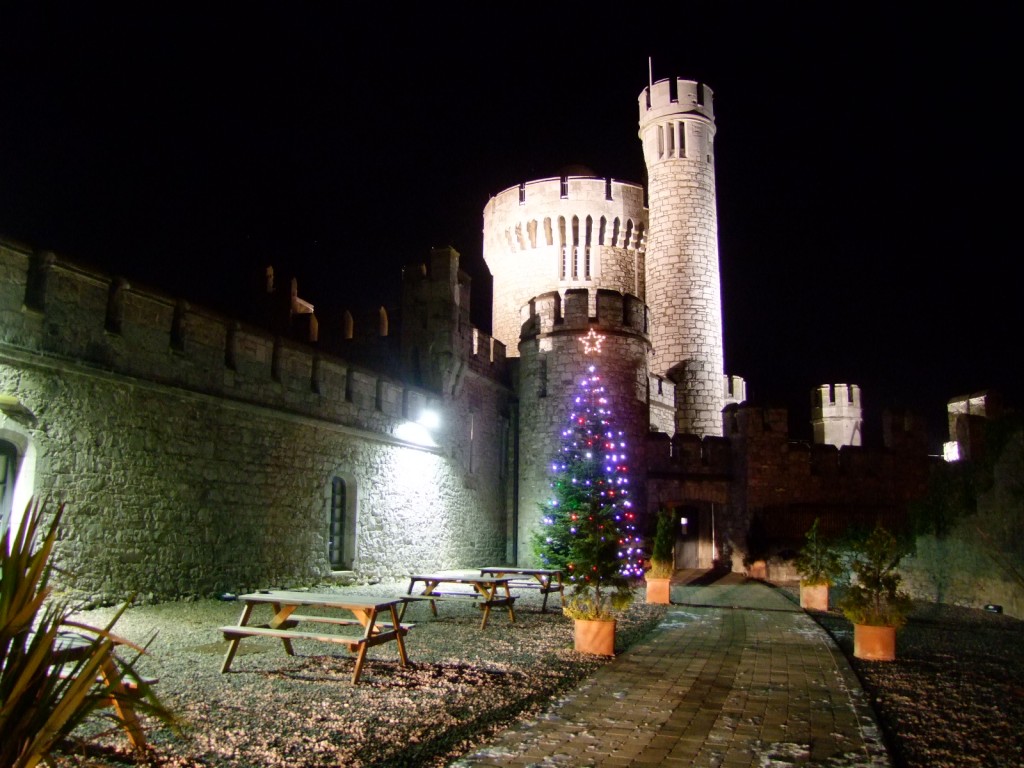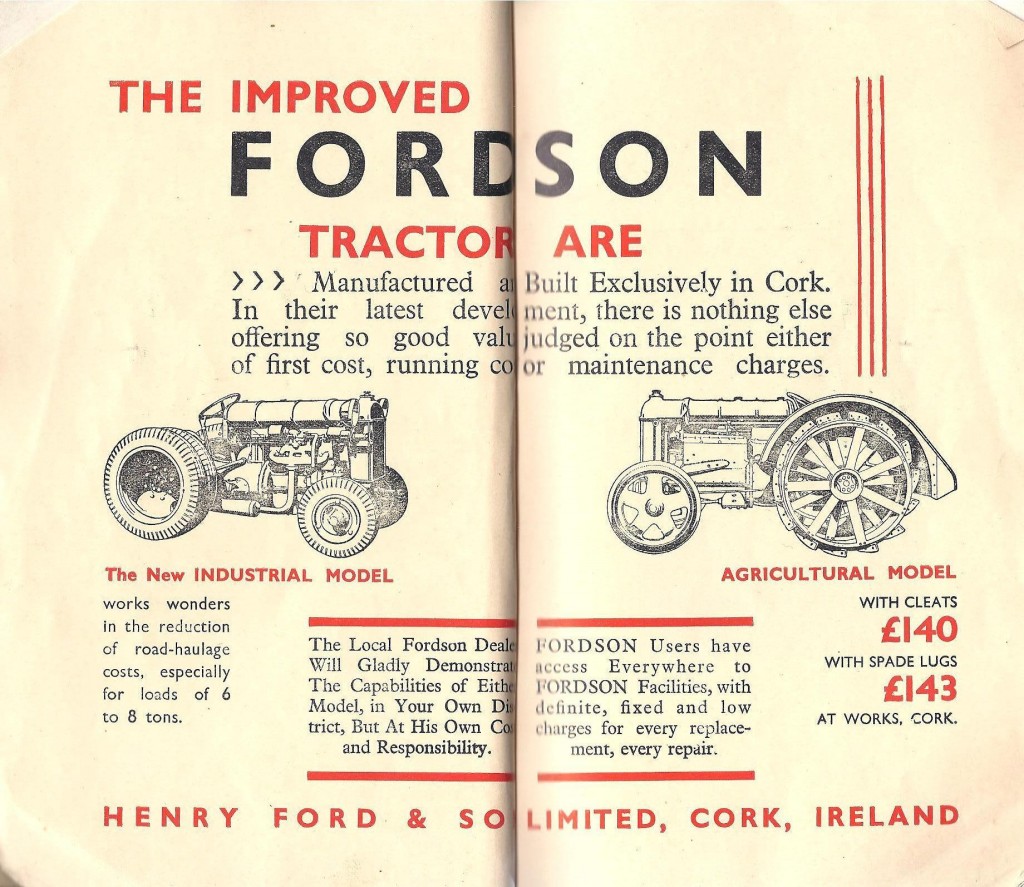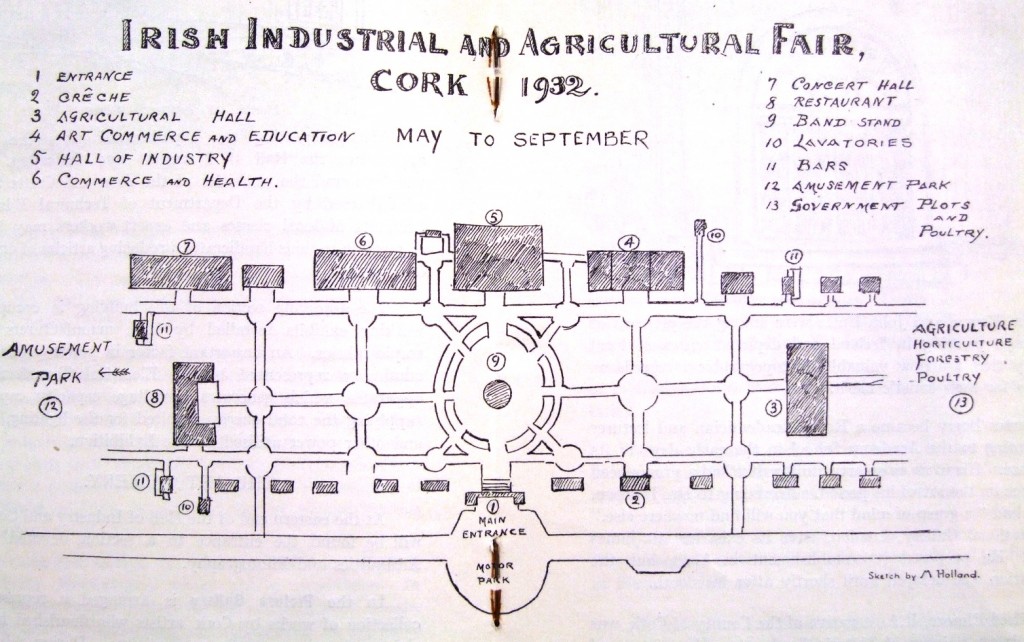
Kieran’s Our City, Our Town,
Cork Independent, 9 December 2010
In the Footsteps of St. Finbarre (Part 240)
A Sense of Free State Ireland
If anything the Irish Agricultural and Industrial Fair on the Straight Road, Cork in 1932 was an enormous concerted effort by the Cork business class to do something positive in light of a worldwide depression – to promote Cork, the idea of an Irish product and to promote what Ireland had to offer. A walk through the various exhibit halls using the Fair catalogue, a copy of which survives in the Cork Museum, is a worthwhile exercise to get a sense of what the visitor was shown. Extra information below on each industry is provided from the multiple books on industrial development in Cork that exist also in Cork City Library.
In the second main exhibit area known as the Industrial Hall, the first stand the audience met was that of the Irish Tourist Association. This body was established in 1925 to market the young Irish Free State as a tourist destination internationally. It also aimed to organise the hotel and transport industry and to standardise and regulate charges. The head office was on O’Connell Street in Dublin with their Cork Office at New York House at 12 Patrick Street. They also had a London office in Piccadilly. Their exhibit at the Cork fair showed all the publications of the Association and their photographic displays.
Little seems to be publicly recorded of the impact of the Irish Tourist Association. In the early 1940s, the Association carried out an impressive topographical and general survey on a parish by parish basis within each county. In an effort to gather information to promote Irish tourism post World War II, surveyors were appointed and information was gathered by visits to each parish. Photographs were taken of numerous sites and the filling in of forms/ fieldnote sheets were pursued. Five different forms were issued to the surveyors. Not all were relevant to each parish. Forms covered natural features, sports and games, holiday seaside resort amenities and general information, town or village amenities and general information and town or village accommodation and catering. A copy of the County Cork survey is in the Cork County Library. In 1939, Bord Cuartaoíchta na hEireann was established by an Act of Dáil Éireann. This organisation took over from the Irish Tourist Association eventually with statutory powers to register and grade hotels. The Bord was the forerunner of Bord Fáilte. In 1955 Bord Fáilte Éireann was created under the Tourist Traffic Act, to develop and promote tourism in the Republic of Ireland.
Stands number three to five in the Industrial Hall was held by the Great Southern Railways Company. They had a general display of models of transportation routes and tourist information. Provision for the creation of the company was made by the Railways Act 1924, which mandated the amalgamation of four major railway companies and the absorption of 22 smaller railway companies, all which were within the Irish Free State. From 1929, the Great Southern Railways Company also ran bus services when it acquired a stake in the Irish Omnibus Company. Under the Transport Act 1944, Córas Iompair Éireann was formed as a private company and incorporated the Great Southern Railways Company and Dublin United Transport Company.
Cork Harbour Commissioners presented a contour map of the port of Cork showing Cork Harbour and the River Lee from Power Head to St. Patrick’s Bridge to the scale of one foot to one mile. The map was designed and completed by John Power, Second Master of the Cork School of Art. In 1930 the Port extended its services from the City to Tivoli, which was a milestone development. The Cork School of Art exhibited a relief map of the City of Cork showing all heights and streets correct to scale. The model was executed by Mr. C. Huston, a modelling master in the School of Art, Cork at the request of the Executive Fair Committee.
Stands number 14-20 was a health section that was organised by Dr. John C. Saunders, the Medical Officer of Health for Cork in association with the Central Council for Health Education, London. The provision of health services in the early years of the Irish Free State was primarily provided by city and county hospitals. In the early 1930s, there were also some developments aimed at improving general public health such as the provision of free milk to children and pregnant women. In Cork, a tuberculosis clinic was held at 18, Parnell Place whilst a child welfare service was provided at Tuckey Street. The School Medical Service had routine inspections of all school children in the city. The bringing in by Dr. Saunders of the following Health Associations from London was probably strategic and important to draw focus on what he thought should be provided or improved in the then national health system. Present at the Cork fair were the Health & Cleanliness Council, London, Institute of Hygiene, London, National Milk Recovery Publicity, Dental Board of United Kingdom, National Council for Maternity and Child Welfare, Fruit Trades Federation, Model Abattoir Society and General Council for Health Education. In the broader scheme of government history, it was only in 1947 that the Department of Health was established.
To be continued…
Captions:
569a. Map of Fair Grounds, Straight Road, 1932, now occupied more or less by the playing pitches opposite the Lee Fields walk (sketches: Cork Museum)
569b. Sketch of Halls of Industry & Commerce



